Introduction and description of the flavor and taste of Sidama coffee beans in Gedeo, Ethiopia
For professional baristas, please follow the coffee workshop (Wechat official account cafe_style)
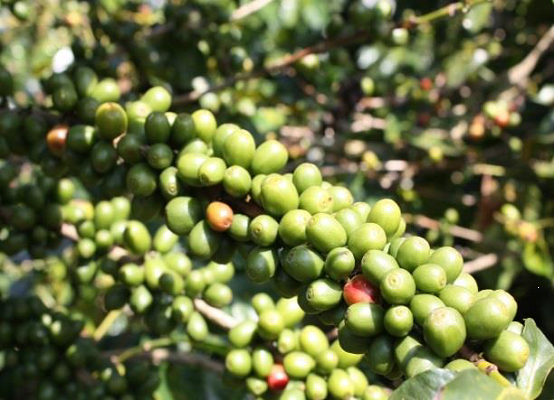
Ethiopian Sidamo-Gedeo sun-dried beans
Ethiopia is the country where coffee was first discovered, and it is the most important producing country in terms of coffee quality and output. Coffee is mostly traditional Arabica species, with an annual output of about 350000 tons, more than 80% of which are exported to countries around the world. About 15 million people in the country are engaged in this industry, and more than 90% of them are small-area wild coffee farmers. The joint cooperative is a window for several to dozens of farmers to work together to facilitate sales.
Crops produced in Ethiopia in 2008, including wheat, corn, sesame, coffee and so on, were fully imported into ECX's trading system (Ethiopian Commodity Exchange) to replace the ancient auction and export methods. Coffee farmers or cooperatives sent coffee to warehouses concentrated in ECX. Beans of the same grade and producing areas were mixed and auctioned. You don't know which farmers or cooperatives produced it. In fact, this practice has no effect on output and quality, and it is easier to distinguish the quality of coffee by price. What is aroused is that coffee bean merchants cannot directly know which one is convenient for farmers or cooperatives to trade, because those who do not go through the ECX trading system will be heavily taxed. Nowadays, more than 90% of the coffee is through this trading system. But for buyers of boutique coffee ECX trading system is not a good thing, so from 2010 Ethiopia launched the DST (Direct Specialty Trade) system, DST system is an irregular Ethiopian auction, only through the SCAA cup test standard of more than 80 points of fine caffeine specialty coffee can hang its own name with foreign raw bean merchants to trade, and the small quantity, quality of the United cooperative is the target of many foreign buyers.
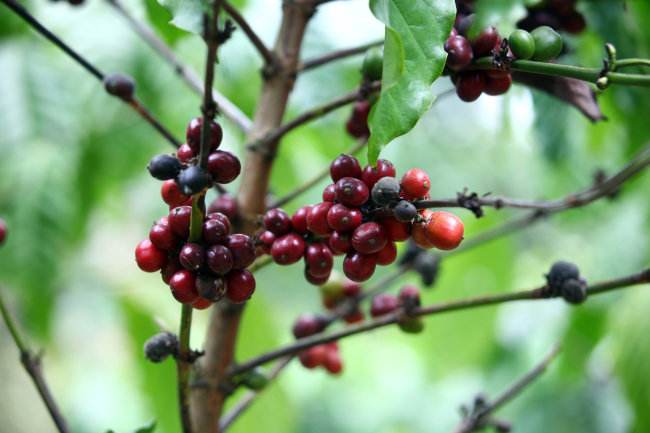
This batch from Sidamo, Ethiopia, the Gedeo region of the southeastern plateau, are sun beans of wild traditional tree species. Coffee grows in primeval forests. No one will deliberately take care of these humble but God-given treasures. Hard-working women pick up these coffees and dry them on the hard land in front of their houses. These processes have not changed with the ancestors' methods of making them. These are primitive Ethiopian sun beans.
Property Characteristics: farm characteristics
Farm Farm name: Michelle Coffee Farmers Cooperative Union
Farmer Farm owner: Various small producers different kinds of small farmers
Grade level: G1
Region producing area: Idido, Gedeo Zone
Country country: Ethiopia
Altitude altitude: 1850-2100 m
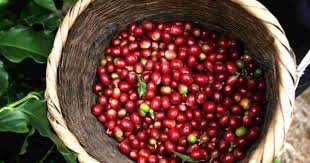
Farm Size Farm size: 750ha
Coffee Characteristics: coffee characteristics
Variety varieties: a mixture of local ancient and traditional varieties of Mixed Heirloom Variety
Processing System treatment: Natural natural sun
Harvest period harvest time: October every year to January of the following year
Appearance appearance: 15 eyes
Aroma aroma / flavor flavor: strawberry, biscuit, fermented flavor, mango, banana, pineapple, black tea ripe tea, Earl Grey Tea, chocolate, honey,
Acidity: plum, cherry, orange, red malic acid, single malt tartaric acid
The complexity of complex is similar to that of other: meticulous, very clean and consistent, rich and firm taste, intense tropical fermented fruit, sweet aftertaste of toffee.
Important Notice :
前街咖啡 FrontStreet Coffee has moved to new addredd:
FrontStreet Coffee Address: 315,Donghua East Road,GuangZhou
Tel:020 38364473
- Prev
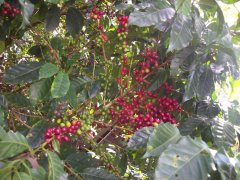
Can I have an espresso machine with Nicaraguan coffee beans? Characteristics of javanica coffee beans in Nicaragua
For the exchange of professional baristas, please follow the coffee workshop (Wechat official account cafe_style) Mierisch family, Nicaragua Mierishuo family, began to grow coffee in 1908, has a history of more than 100 years. In the past 15 years, the family's investment in coffee equipment, processing technology and personnel training has led to the great growth of the family's micro-batch coffee beans. And these changes come at the same time.
- Next
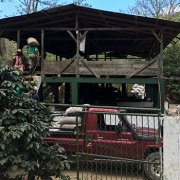
Introduction to the characteristics of Las Promesas H1 Coffee from Manor-Manor of Nicaraguan Coffee producing area
Professional baristas please follow the coffee workshop (Wechat official account cafe_style) Nicaragua Gonzalo Adn Castillo Honey Nicaragua-Bull Manor-H1 variety Gonzalo Adn Castillo Moreno coffee, is the owner of the Nicaraguan COE victorious army, owns several estates and has been engaged in organic coffee cultivation for 35 years. At 2016
Related
- Detailed explanation of Jadeite planting Land in Panamanian Jadeite Manor introduction to the grading system of Jadeite competitive bidding, Red bid, Green bid and Rose Summer
- Story of Coffee planting in Brenka region of Costa Rica Stonehenge Manor anaerobic heavy honey treatment of flavor mouth
- What's on the barrel of Blue Mountain Coffee beans?
- Can American coffee also pull flowers? How to use hot American style to pull out a good-looking pattern?
- Can you make a cold extract with coffee beans? What is the right proportion for cold-extracted coffee formula?
- Indonesian PWN Gold Mandrine Coffee Origin Features Flavor How to Chong? Mandolin coffee is American.
- A brief introduction to the flavor characteristics of Brazilian yellow bourbon coffee beans
- What is the effect of different water quality on the flavor of cold-extracted coffee? What kind of water is best for brewing coffee?
- Why do you think of Rose Summer whenever you mention Panamanian coffee?
- Introduction to the characteristics of authentic blue mountain coffee bean producing areas? What is the CIB Coffee Authority in Jamaica?

